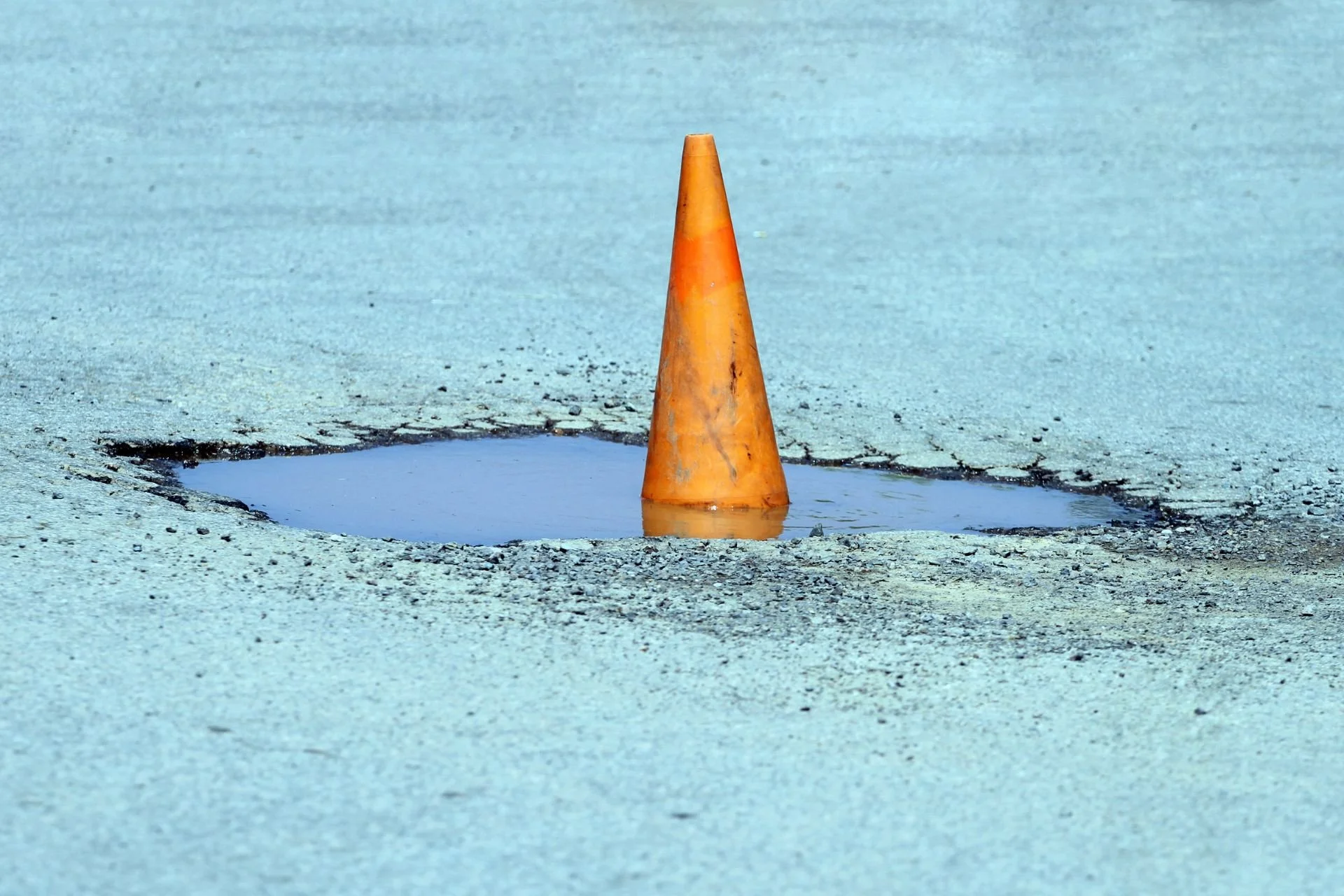“I’m Not Good at Healing”: Learning to Steer with Kindness
If you've ever felt like you're "not good at healing," you're not alone. In this entry, I share a story from my mom that offers a tender metaphor for navigating the inevitable "potholes" of our healing journey. With humor, compassion, and curiosity, this piece invites a more forgiving and sustainable relationship with self-care, change, and inner growth.
On First Tries, Sticky Dough, and Letting Go of Imperfectionism as We Heal
What sticky dough, lopsided loaves, and a very persistent inner critic showed me about healing. It isn’t about getting it perfect, but about showing up human, curious, and kind. Whether you're on your own healing path or supporting others, I hope this story offers some permission to soften, invite playfulness and joy, and begin again.
The Enchanted Loom: A Mindbody Approach to Chronic Pain Recovery
Weaving new neural pathways and possibilities healing, meaning, and ease. Integratingartful intentionality and the cultivation of liveliness in a way that does not banish the difficult parts of our story, but integrates them more fully into a rich tapestry of experience, honoring the full range of what it means to be human.
Rethinking Diagnoses: They Often Explain Less Than We Think
Is your diagnosis the whole story — or just the beginning? Let’s invite a fresh perspective on chronic symptoms and nociplastic pain, exploring how labels like fibromyalgia or depression can limit understanding. Drawing on insights from dormitive principles, we open space for curiosity, compassion, and the possibility of true healing.
The Role of Adversity, Personality, Depression, and PTSD in Chronic Pain
Childhood adversity, depression, post-traumatic stress and personality traits can all play a role in chronic pain — and recovery. Healing is about experiencing a greater sense of agency, being in charge of our own healing, and reclaiming our lives.
What primes or sensitizes our bodymind to persistent pain?
Our bodymind, including our brain and central nervous system, is sensitized to pain when our danger system is on, or when we are exposed to a stimulus that has previously become part of our threat conditioning responses.
How does persistent pain happen?
Pain is a protective mechanism - your bodymind doing its best to look after you. When there is a threat - whether of physical injury or to our safety, dignity or belonging, our brain sends out pain messages to let us know that there’s something wrong.
Bodymind (re)learning for wellbeing and ease: a path towards healing and freedom from persistent pain and other symptoms
The fact that your pain/symptom has been ‘chronic’ does not mean that it will last forever.







